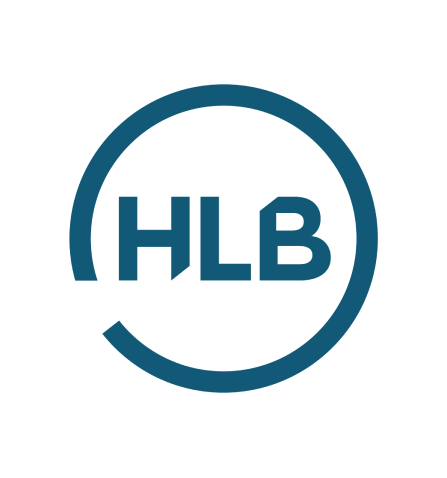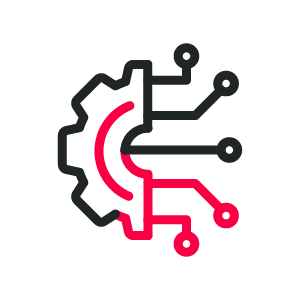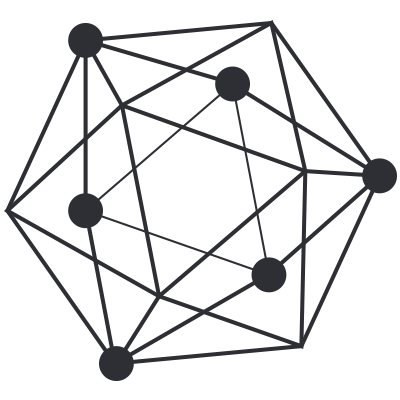



Integration
HLB is a global network of independent advisory and accounting firms. They have a history of innovation, collaboration and helping clients grow across borders.
HLB is a global network of independent advisory and accounting firms. They have a history of innovation, collaboration and helping clients grow across borders.
Currently they have independent branches across 157 countries with combined staff of 38 732 professionals – combining local expertise and global capabilities.
Each HLB branch is a separate organisation. As all solutions it has its pros and cons. It is easier to manage smaller organizations and follow local compliance and audit rules for branches.
On the other hand organizing cross-country projects and infrastructure requires synchronization in many aspects and it is close to impossible to make each branch equally engaged and responsible.
Creating decentralized system treating each organization being a part of the network makes cooperating with new members easier. As everyone plays with the same rules enforced by the system and the trust is build into the solution.



HLB already had a working system – one global SharePoint instance for referrals.
However, HLB needed transparency of referrals to be increased thanks to the more standardized referral handling and tracking processes. There was a need to make it possible to add new referrals using the “old” Sharepoint interface, but being able to track deals’ statuses based on data points collected from various sources (project orders, invoices, payments etc.).
In Hyperledger Fabric, a private blockchain network, users operate within a transparent and secure environment where every activity is tracked and recorded in a tamper-proof manner. The permissioned nature of the network ensures that only authorized participants have access to the blockchain and can participate in the network.
Hyperledger Fabric’s modular architecture enables organizations to tailor the network to their needs, allowing for greater flexibility and customization. The system’s distributed nature also guarantees that every branch of HLB globally has access to a complete copy of the data, which is validated and confirmed by multiple nodes on the network.
The primary purpose was not to touch the frontend but to focus solely on the backend. The reason for it was an already existing Microsoft SharePoint-based app that has been in use for some time. The role of Espeo Software was to integrate it smoothly with the new blockchain technology into the existing processes.
We have started with creating a proof of concept to make the process transparent and structured, semi-automatized.
As a result the data now is being stored in HLF blockchain network which serves as the one source of truth with immutable data history. We have also automated status change following chaincode executing tasks.
It’s also worth noting that not all data should be accessible to everyone. Only the member firms that already have referral relationships will be able to access data on their mutual clients.
Smart contracts are self-executing digital contracts with the terms of the agreement between parties being directly written into lines of code. They are of course one of the factors that introduce trust and automation to the referral-handling process.
When the system evolves, smart contracts will help govern the referral process between HLB branches, but may also be used to automate the agreements with HLB end clients.


Hyperledger Fabric


Java


Docker
Java – mature and well-established technology best used for REST API and core backend development.
Docker – Docker containers give us the possibility to setup the environment on the local machine which is equal to the production env. This helps avoid problems that appear only after production deployment.
Hyperledger Fabric – blockchain permissioned network composed of peers, orderers and CA servers. Each of the components has its role. Peers store and synchronize the data.
The ordering service implements the consensus protocol to maintain one version of the truth. CA service stands for Certificate Authority, which provides features such as the issuance of certificates (ECerts) certificate renewal and revocation.
The new blockchain backend is a game changer in terms of transparency. It’s because only the verified, approved and standardized data points will be added to the blockchain ledger. At the same time, users still use the same UI they are used to.
The system provides all members of the blockchain network with instant access to the data, however without being able to modify it. Having a high-quality master data repository (the single source of truth) enables member firms to access and verify referral and project data in real time. It eliminates the need for a siloed process of reconciliation, which makes settlements far simpler and more reliable. The application automatically sets statuses for example depending on the timeline.
Project summary
Connecting Microsoft Sharepoint technology that users are used to with a transparent and immutable layer of Hyperledger Fabric.


Hire a team of experienced project managers, designers, developers and testers.